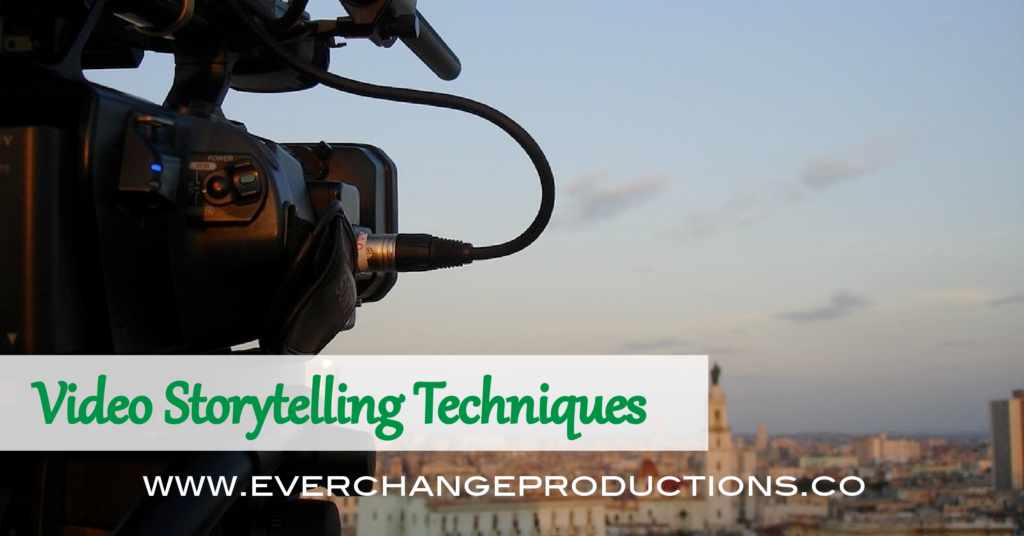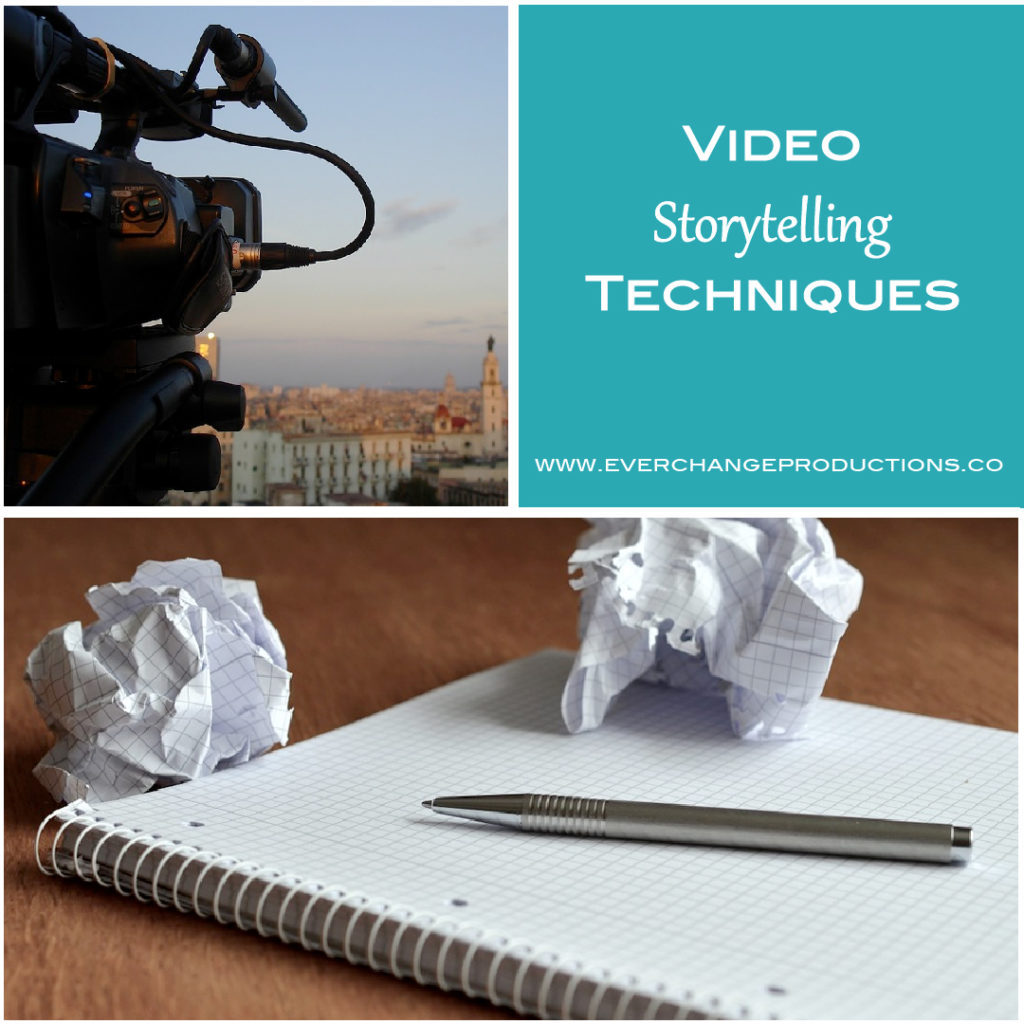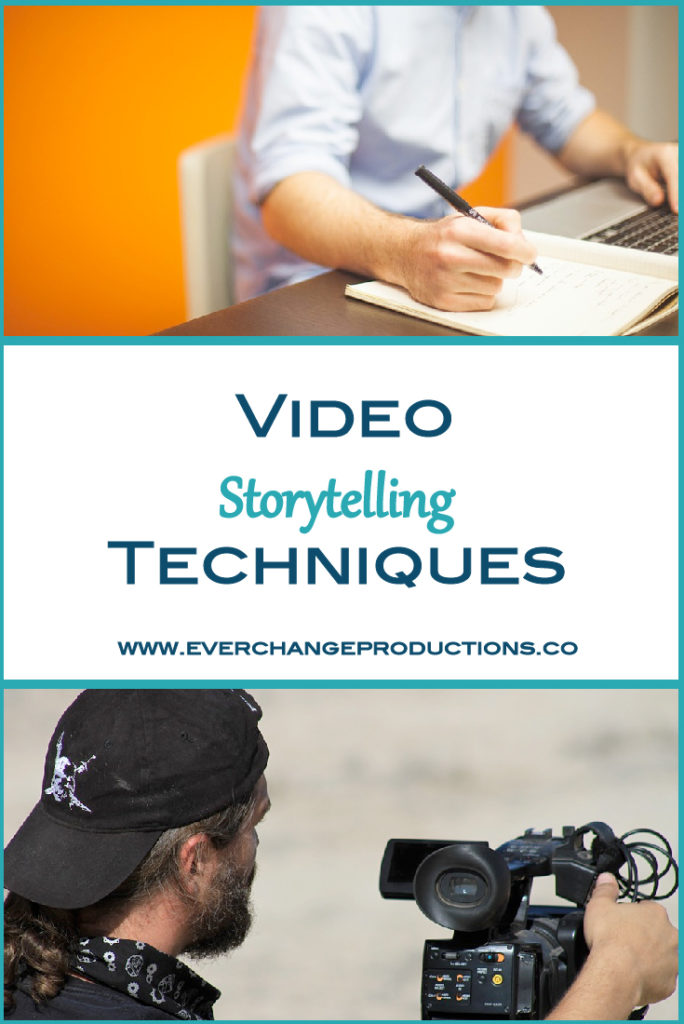Documentary Storytelling Styles
Whether you’re a documentarian, writer, photographer, videographer, journalist or whatever else you could be, looking at the works of others in your field is essential in developing your storytelling techniques, style, creativity and overall vision for your work.
Documentary Narrative Techniques
Although, I’ve watched a lot of videos in my day, now that I’m actually working on developing storytelling techniques, it’s completely different. I have a more specific idea of the questions I’m trying to answer and details I’m looking for.
As I dwindle down video interviews, I’m try to figure out how everything is going to be pieced together, which has a lot to do with narration. These storytelling techniques are in reference to documentaries, but they can apply to video production, too. And if you plan to show your documentary or presentation to a live audience, make sure that you hire an audio visual technician to set up an audio visual system. You may consider getting help from professional corporate video production services.
Documentary Storytelling Techniques
When choosing the right video storytelling technique is thinking about your primary audience, who they are and how the videos are viewed. The other key is to think about your subject matter.
An environmental documentary about the perils of GMOs is different than an environmental documentary explaining the life cycle of butterflies to kids.
The story telling needs a proper setting and tone for your audience. You want them to follow the story without being bored or overstimulated.
Chapters
Divide the documentary into “chapters” or segments, each with its own title. It keeps it simple for you and simple for your audience. You can also section different character points of view this way.
Chronological Order
Chronological order is a common story telling technique, for which you tell a story in “real time” as it happened. You can mix it up a bit by putting the “end” of the story first and then go back in time to explain what happened leading up to that event to keep the audience guessing. You can also keep the audience guessing, unveiling little details as you look back in time and then have it all come together at the end.
Drawings/Animation
This is another creative way to tell your story, especially when you have a sensitive subject and your interviewee doesn’t want to go on camera. Say you have a young girl who was abused and you don’t want to show her face as she’s talking. What about getting an artist to draw a childlike sketch of a young girl and have her walking along the street. It’s the same idea as when you flip the pages of a book fast and it reveals a “moving” scene even though each image is a drawing. Girl Rising was one of my favorite documentaries using this technique.
Host
This storytelling techniques where you are guided through the story through someone’s perspective. This is often used in travel documentaries.
Follow One Character
This is a style of storytelling where you choose one person to follow for your story.
Personal Point of View
Your voice narrates and tells the story from your personal perspective, like an opinion piece. These types of films can be very compelling if done right. Fat, Sick and Nearly Dead is a great examples. This style can be particularly effective when dealing with a very sensitive issue or personal story.
Narration
This is a traditional style of storytelling using a narrator who is off-camera and never seen. This is one of the more generic storytelling techniques and is popular in news style videos.
No Narration
This storytelling technique uses clips of interviews, raw footage, on screen text or graphics to tell the story.
Observational
This is a technique with no narration where you just let the camera roll and let the action speak for itself. There is no narration, no “talking heads”, no interviews telling the story. The camera is basically a “fly on the wall” and the filmmakers allow the action and people reveal the story. Later, editing helps set the tone and pace.
Participatory/How-To
This style or technique might be used in an children’s documentary to encourage interaction or instructional video. Ask the audience to do certain tasks, or explain how to do a task.
Recreations/Drama
This storytelling technique is often used for important events when no existing footage is available. Or there are pieces of the story missing that need to be dramatized. Historical documentaries are great examples of this.
Stop Motion
For an especially long documentary, this would be quite the task, but using stop motion is a creative way to tell a small story. The guys who made King Corn used this technique brilliantly using pieces of corn.
Talking Heads
This is a technique where you interview a lot of people and edit their quotes together one right after the other. This a tough strategy, but if you ask the right questions, it can be done.
Recent Narrative Documentary Examples
A few months ago, I went on an environmental documentary binge. These are a couple that I watched and what I observed.
GMO OMG
A lot of documentaries go from a personal perspective or participatory. The latest example I’ve watched was GMO OMG. It started with a guy talking about his son and how he learned to read and write from seed packages. He takes an active role in documentary, investigating how GMO seeds affect seed diversity, loss of seed diversity and corresponding laboratory assisted genetic alteration of food affects his young children, the health of our planet and lack of awareness and knowledge about the subject, which limits our choice and the ability to Opt-out. He documents his journey and even includes his family. At times, he was also overly dramatic and that turned me off of some of the points he was making.
Although I’m interested in the arguments for and against GMOs, this film got a lot of negative reviews for lack of focus on the actual science. I was mainly looking for the way they put everything together. He went with a more involved narration where he and his family were part of the story. I think it does have positive aspects and it’s important for people to be connected with the documenter, but the idea of being personally involved in my story doesn’t interest me.
Fed Up Documentary with Katie Couric
A couple of days later I watched Fed Up with Katie Couric as the narrator. Fed Up talked about the role sugar plays in childhood obesity. As a news anchor, she brought more of a broadcasted type feel, where she opened up with a simple statement about how this simple story turned out to be something much bigger and she ended the documentary with a similar statement.
Documentary Story Telling Structure
This technique is actually called narration, or expository, but the rest was a narration with her not being personally involved other than the idea that she was doing a story about it. She did a voice over and connected the points, but she had three kids, who gave that personal feel to the story line. I think it did a good job of combining many different parts of the conversation without being all over the place.
The reviews are much better, so I can watch this looking for answers to more than one question. There were still critics that complained about the science. However, it’s impossible to cover every angle when a huge list of people refuse to interview. Overall I think she did a good job of presenting the information without being overly dramatic.
After writing all this I found this video from Martin Scorsese that talks about documentary vs. a narrative. It has some interesting thoughts:
There is a difference between recording a documentary and interpreting a narrative.


